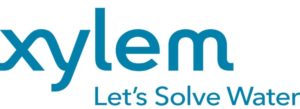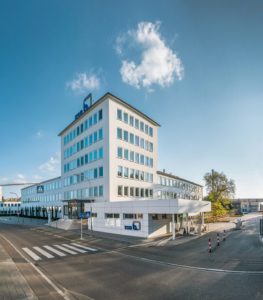Cross Flow Membrane Market is Changing
The market for cross flow membrane equipment and consumables will be changing and evolving faster in the next decade than in the past few decades.
This change will be a combination of the Industrial Internet of Things (IIoT) and improved technology. IIoT will create the equivalent of millions of continually updated total cost of ownership analyses which in turn will guide developers to better cross flow processes and hardware.
For example, ceramic ultrafiltration and microfiltration membranes are more costly than their polymeric counterparts. Continuous improvement in the design is leading to higher performing and longer-lived ceramic membranes. When sensors are reporting the comparative performance at each installation, the value of improvements will be quickly communicated.
Forward osmosis is another example of a technology which can be better evaluated as the performance of each installation is continually monitored. The power industry in China is using forward osmosis in at least one zero liquid discharge system. The continuous sensing of components and analysis of transmitted data will provide many insights on improving the components in the very large and growing ZLD market in China.
Some of the biggest changes in the industry will be in the way cross flow equipment and replacement modules are marketed. The present market is $11.2 billion worldwide. Of this total $1 billion is already purchased as part of IIoT and Remote O&M. This IIoT and remote O&M segment will grow to $2.5 billion by 2024 according to McIlvaine forecasts.
This segment includes smart products and the revenues from the sensors and software. But it also includes new routes to market. Third parties will be making purchasing decisions which were formerly made by the end user. Some of the purchases will be made by comprehensive IIoT providers such as Accenture. Others will be made by collaboration among suppliers. Some of these collaborations will be intra-company.
One of these intra-company efforts is being undertaken by Danaher. Pall, Hach, and Chemtreat are all divisions of Danaher. Pall provides the membrane equipment and replacement modules. Hach measures the performance of the membranes and Chemtreat provides the chemicals and process knowledge to make the systems cost effective. Danaher will be in a position to provide remote O&M and annual contracts to membrane operators.
Suez now has a huge intra-company collaboration opportunity with the acquisition of GE Water. Suez is already remotely monitoring and operating water and wastewater facilities from a center in France. GE brings the extensive supply of chemicals and process knowledge as well as filtration knowledge in many industrial applications. This will allow Suez to duplicate in the process industries what it is already doing for municipalities.
Membrane suppliers will need to choose a path in the new IIoT era. They can be content to supply products at a discount to an aggregator or they can take a more proactive role through collaboration.
Source: The McIlvaine Company





